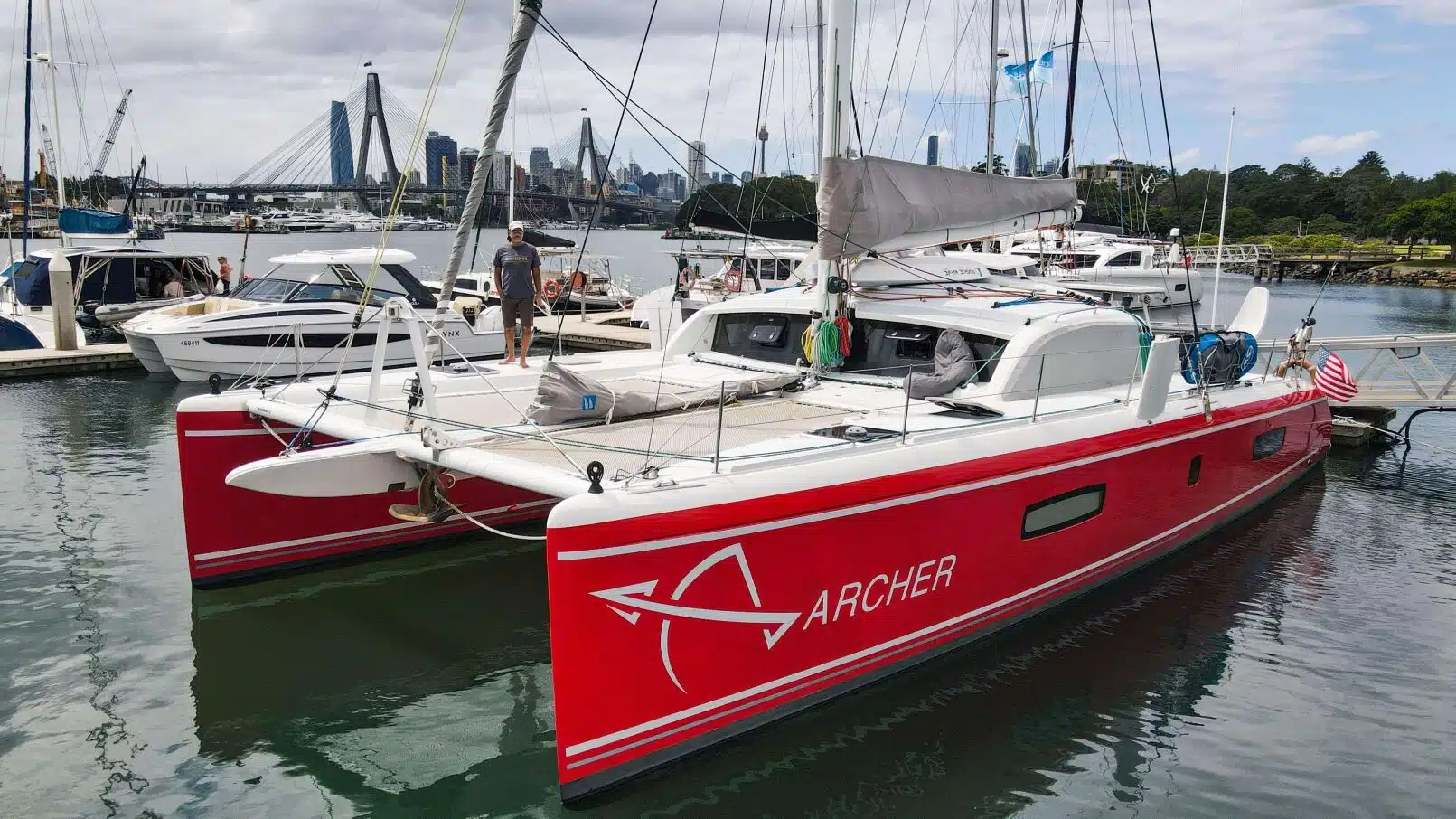About Outremer
Catamarans
Cruising Catamarans for Real Sailors

Outremer Catamarans
Are Not Just Boats
From 2013 to 2023 Multihull Central was an active Outremer agent for Australian and New Zealand, helping dozens of new Outremer owners fulfil their orders and take delivery in both France and on some occasions shipping to Australia. This involved regular trips to the Outremer factory in La Grande Motte, participating in the Outremer Cup and exhibiting at boat shows.
